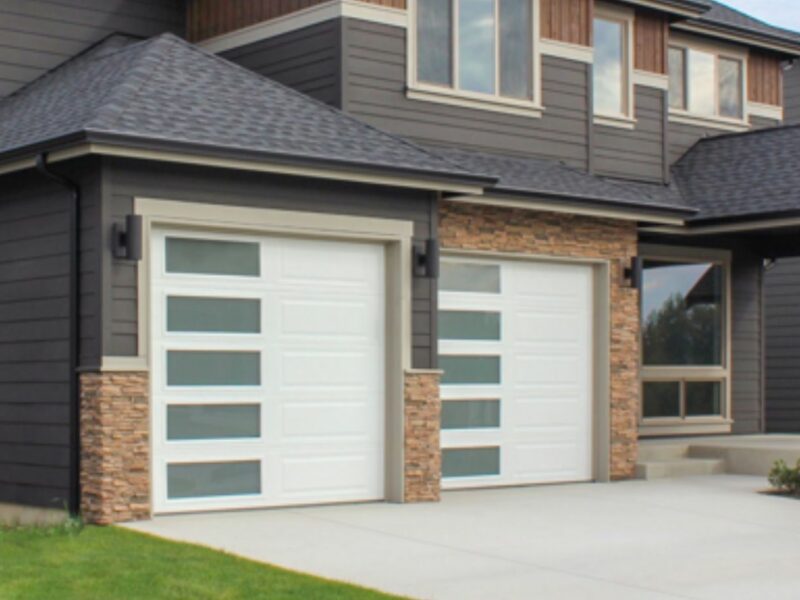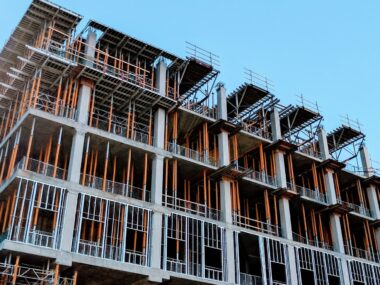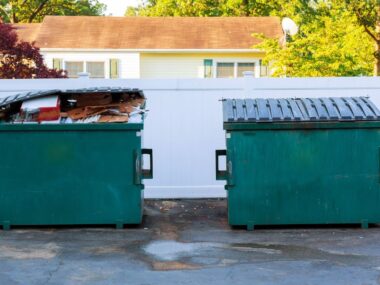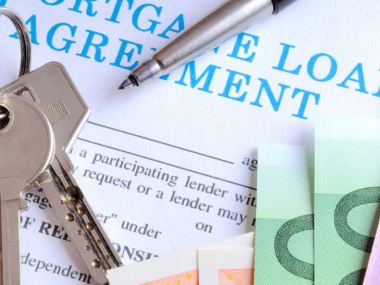Your garage door isn’t just a functional element of your home; it’s a significant part of your home’s overall aesthetic. But like any other part of your home, it doesn’t last forever. Knowing when it’s time to replace your garage door can save you from a sudden breakdown, increasing security, and even boosting your property’s value.
In this article, we’ll delve into the tell-tale signs that it’s time for a garage door replacement. From obvious physical damage to more subtle signs like increased energy bills, we’ll guide you through the indicators that shouldn’t be ignored. Discover more here https://www.washingtonpost.com/home/2023/04/25/tips-garage-door-replacement/.
Recognizing Signs Your Garage Door Needs Replacement
Your garage door exhibits certain telltale signs when it calls for a replacement. Noticing these signs early can lengthen the life and performance of your garage door.
Wear and Tear
Obvious signs of wear and tear include faded paint, rust, and broken parts. For example, the garage door’s surface may show cracks, or the panels might bend. Additionally, peeling paint and the presence of rust stains can indicate deterioration due to weather exposure. You might also notice broken or missing parts such as hinges, brackets, or torsion springs. If you’re experiencing difficulty with the door’s operation, a quick search for “garage door opener repair near me” can help you find local technicians to fix any malfunctioning openers or related issues.
Frequent Breakdowns
Breakdowns that happen frequently could point toward a dying garage door. Signs like struggling to open or close, loud noises during operation, or random stops and starts during motion might be telling clues. The more frequent the complications, the closer your garage door is to needing a replacement. Referencing it against expert advice, such as this video, can provide you with more insights. Read more here.
Major Red Flags that Demand Immediate Attention
This section explores some major red flags related to garage doors, which, upon recognition, necessitate immediate attention.
Sagging Sections
Possessing sagging sections indeed emerges as a significant sign of requiring a garage door replacement. As per Washington Post’s insight, these usually occur due to inconsistent balance. Regular maintenance includes balancing the door, but if sagging persists, it’s an explicit indication of a malfunctioning spring or deteriorating sections, demanding a new door.
Increased Energy Costs
A spike in energy bills could pinpoint a problem with the garage door. As garage doors are a part of the home’s insulation system, inefficient doors impact HVAC performance, leading to higher energy consumption.
An age-old or damaged garage door fails to retain heat, making the HVAC system work harder to maintain the room’s desired temperature. Thus, if homeowners notice a steady rise in energy outlays, it indicates a poorly insulated door that may justify a replacement.
Impact of Weather and External Factors
External conditions often expose garage doors to a variety of stresses. Situations like extreme weather patterns and unwanted pest infestations are crucial elements that take a toll on your garage door’s health.
Damage from Extreme Weather
Extreme weather conditions, such as heavy rainstorms, high winds, hail, and severe heatwaves, can cause considerable damage to your garage door. Exposure to such weather circumstances forces the door’s material to continually contract and expand, leading to warped panels and weakened joints. A solid instance can be a hailstorm that can dent the door’s surface, obstructing smooth operation. Additionally, in coastal areas, salt corrosion becomes a highly detrimental factor, accelerating the deterioration of metal components. An authoritative source such as the Washington Post expresses that fluctuating temperatures affect door efficiency and physical integrity, making it an unavoidable consideration in determining the need for a garage door replacement.
Pest and Rodent Infestations
Unwanted guests like rodents and pests pose a significant threat to your garage door’s health. Their infestation often indicates the presence of holes and gaps in the door, which not only invites these intruders but also contributes to the loss of energy efficiency through drafty openings. For example, wooden garage doors prove particularly inviting to termites, which can eat away at the wood, resulting in structural damage.
Moreover, critters like rats and squirrels can gnaw on electrical wiring and insulation, introducing a whole new set of complications. Hence, signs of infestation act as clear indicators of a compromised garage door, thereby underlining replacement necessity.
Considering Garage Door Safety and Security
Safety and security constitute a significant aspect of garage doors, playing a pivotal role in maintaining the overall security of any residence. Unpredictable movements and problems with locking mechanisms are added concerns that demand a closer look. For reliable solutions, b&d garage doors sydney offers high-quality products designed to enhance both safety and functionality.
Unpredictable Movements
Unpredictable movements of the garage door denote a serious safety hazard. These movements might include abrupt stopping or reversing, which often point towards a malfunctioning door sensor. According to the Washington Post, sensors can wear out over time, thereby leading to unpredictable movements. Indeed, replacing the entire garage door may sometimes be more cost-effective than repairing specific parts, considering long-term safety and security.
Problems with Locking Mechanisms
Issues with locking mechanisms raise red flags for a home’s security. An inefficient locking mechanism bestows potential intruders with easy access to the homeowner’s premises. In these scenarios, replacing the garage door becomes an inevitable solution to reinstate the security of the house. A faulty lock can also cause the door to jam or not close entirely, thereby paving the way for accidents, especially with children around.
To conclude, unpredictable movements and problems with locking mechanisms are telltale signs that a garage door replacement is in order. Hence, homeowners should pay keen attention to these two aspects to ensure their house’s safety and security.








